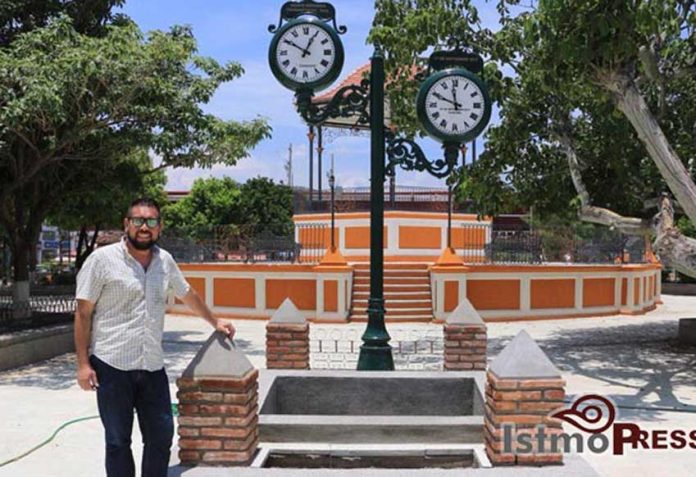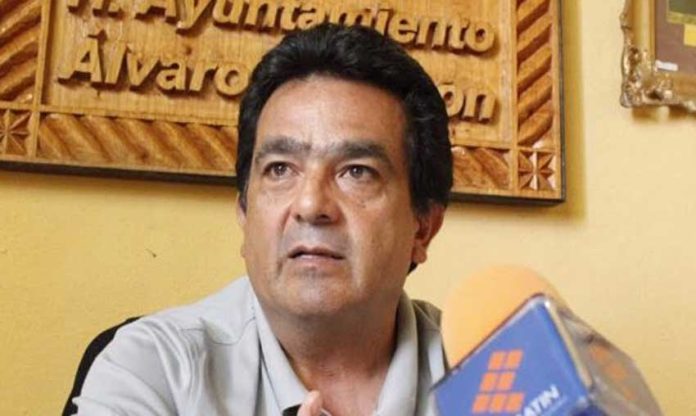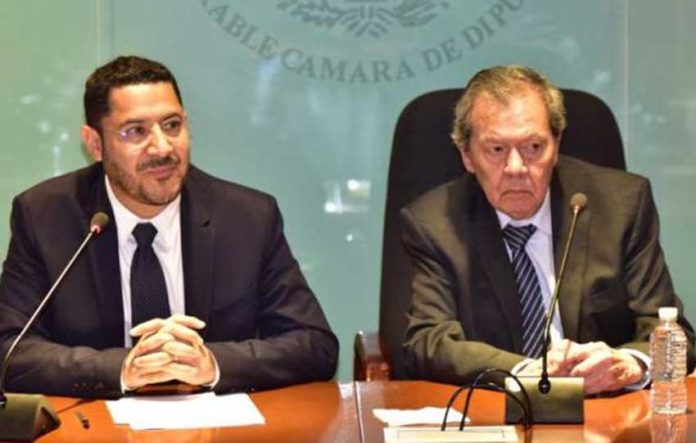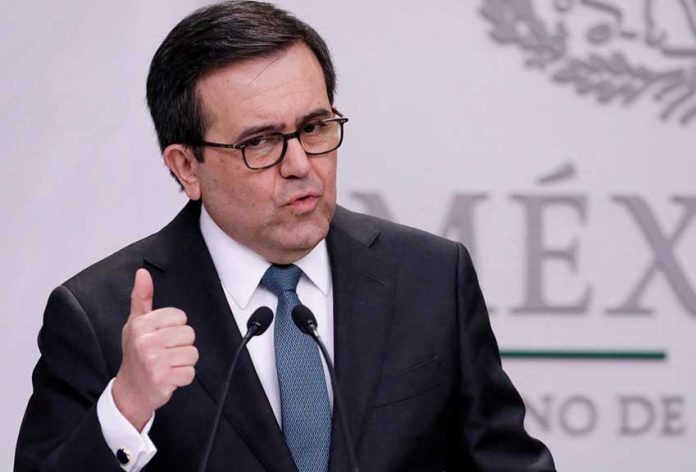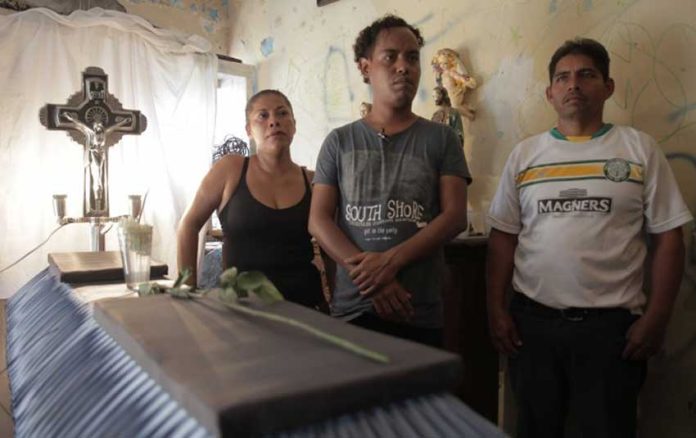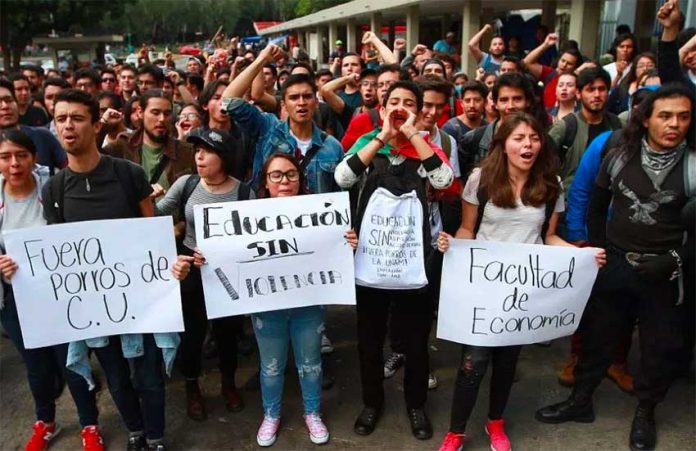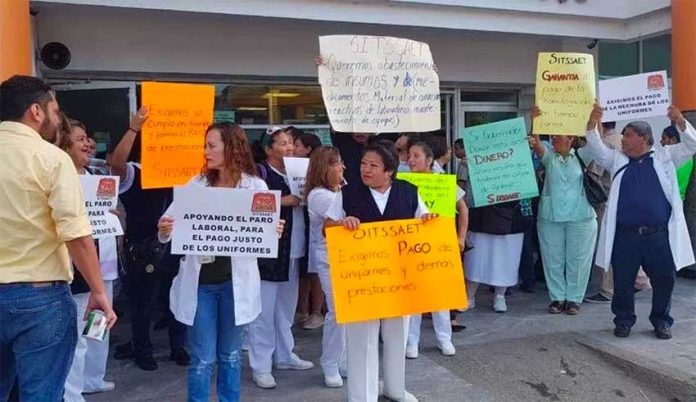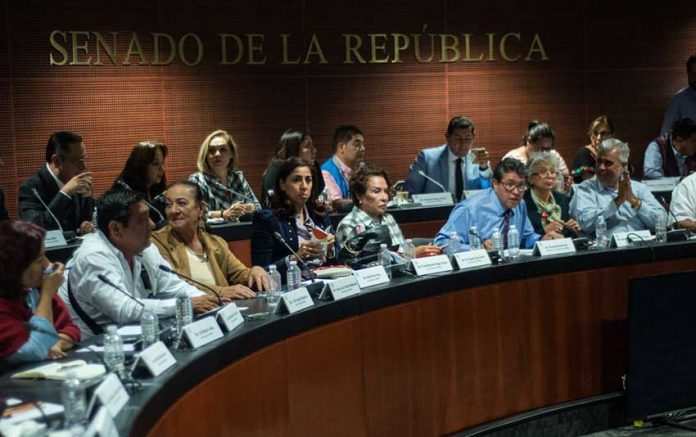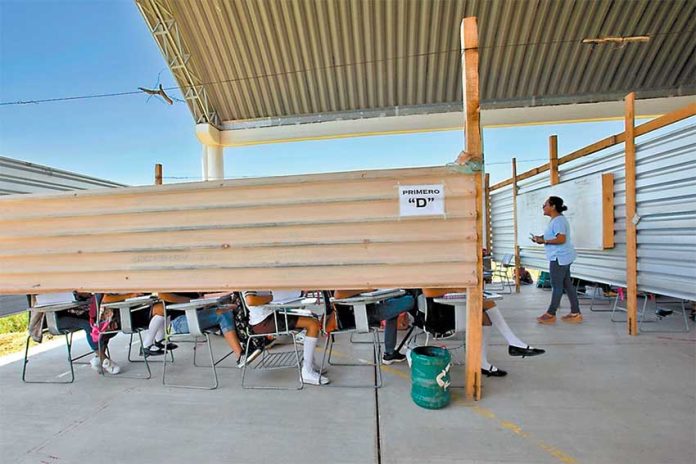A memorial clock marking the exact time that last year’s powerful earthquake struck has been erected in a Oaxaca municipality that felt the full force of the shock.
Alongside the clock that is permanently set to 11:49pm is another showing the current time. Both are part of the same monument, which now stands in the town square of Santo Domingo Tehuantepec.
A time capsule containing information about the devastating natural disaster that occurred on September 7, as well as artifacts of Zapotec culture, will be buried beneath the clocks.
Luis Díaz Jiménez, a heritage official at the municipal council, told the newspaper Milenio that the idea behind the memorial was to pay tribute to the 82 people from the Isthmus of Tehuantepec region who lost their lives in last September’s temblor.
The clock marking 11 minutes to midnight will also serve as a reminder of the need to be ready at all times for any kind of natural disaster that could strike, he added.
Díaz explained that the time capsule will be covered with a concrete slab after burial and that instructions will be left for it to be opened in 100 years. Documents, photographs, traditional textiles, clothing, arts, crafts and jewelry are all slated to be included.
To mark the one-year anniversary of the earthquake this Friday, Díaz said, a silent procession will pass through the town’s streets and that a globo de cantoya, or sky lantern, will be released in memory of the quake victims.
Fortunately, most of the people in Santo Domingo who lost their homes in the earthquake have now managed to rebuild thanks to financial aid from the federal government.
However, it is estimated that more than half the people whose homes collapsed or were damaged in other parts of the Isthmus region have not yet rebuilt or repaired their dwellings.
Four out of every 10 quake-damaged schools in Oaxaca are also still waiting for repairs.
In Juchitán, the region’s commercial hub, 200 residents say that they were defrauded of the government aid they received by unscrupulous builders who took their money and ran.
Source: Milenio (sp)
